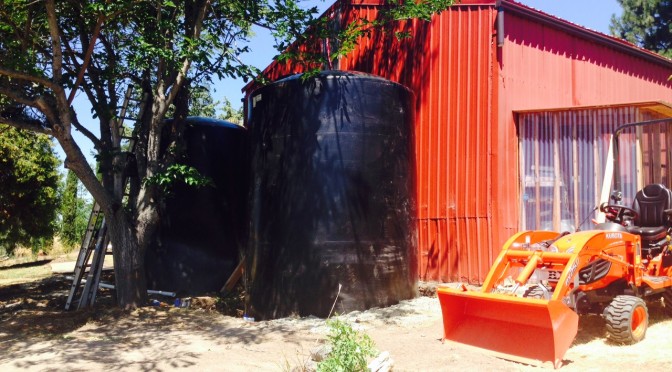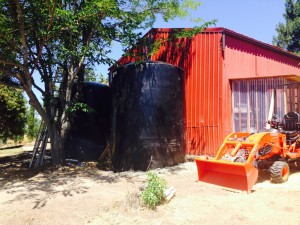 Every drop of rainwater is important and we can make smart decisions about where every raindrop goes.
Every drop of rainwater is important and we can make smart decisions about where every raindrop goes.
Construction seals off land, making it impermeable, with less rain water getting back into our aquifers. As we consider construction plans, we want to think about low impact development (LID), and as many are now doing, adopt LID in place of traditional water management systems. LID for rainwater harvesting can be practiced in many ways – passive – via a simple rain garden, green roof, and permeable pavements – all of which passively assist in reducing rainwater runoff by redirecting it.
In an active system, you’d divert rainwater from a roof to a storage tank to be reused – possibly for laundry, toilet facilities or even drinking water. This has commercial and residential application.
Some small systems are easy for do it yourself projects, but if you’re looking to build a complex system, you should always seek the services of an accredited professional.
To learn more about rainwater harvesting and how to build a system, visit Intro to Rainwater Harvesting, an educational webinar presented by ARCSA.



 Congratulations to the Seattle Seahawks, NFC champions, for their come from behind win! On to the super bowl!
Congratulations to the Seattle Seahawks, NFC champions, for their come from behind win! On to the super bowl!
 A rainwater collection system can come in all shapes and sizes. Whether you are considering a large commercial system supplying irrigation, toilet facilities, and wash down, or a smaller residential system for irrigation, toilet facilities, laundry, or potable, a well designed system will mean success for your project.
A rainwater collection system can come in all shapes and sizes. Whether you are considering a large commercial system supplying irrigation, toilet facilities, and wash down, or a smaller residential system for irrigation, toilet facilities, laundry, or potable, a well designed system will mean success for your project.